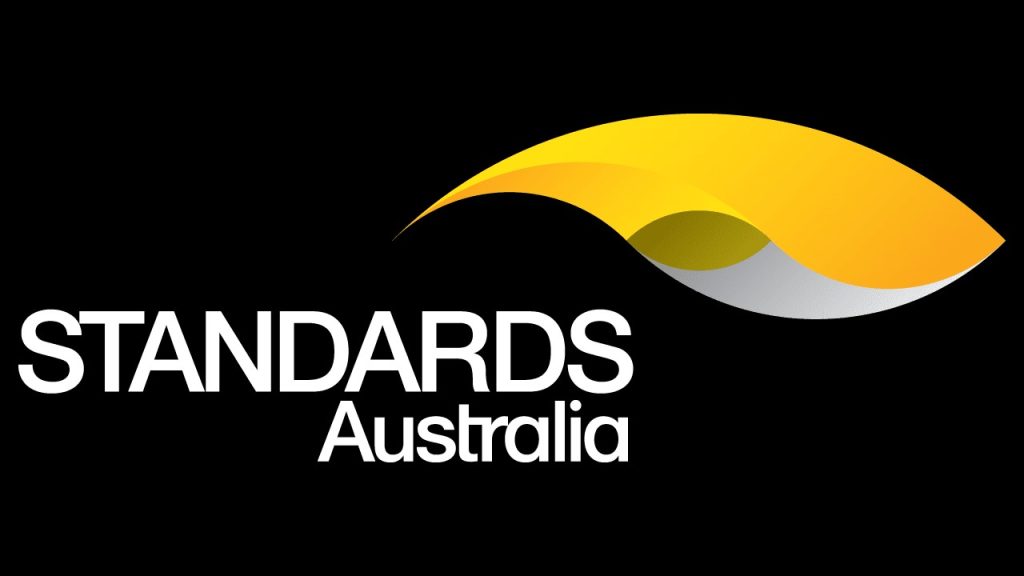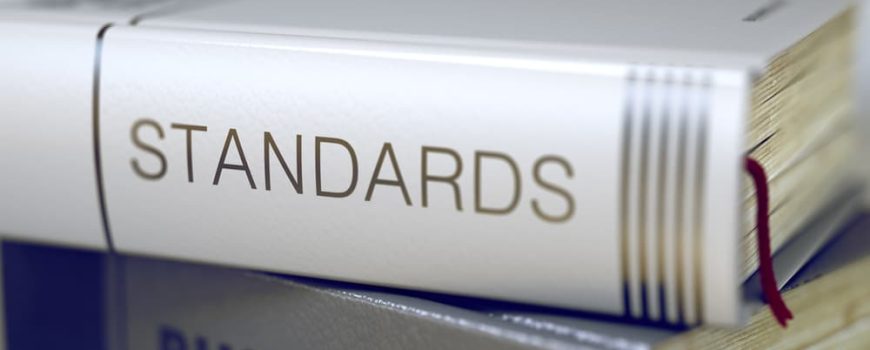A new Australian Standard for smoke alarms, Australian Standard 3786:2023, was published by the Standards Australia Committee on February 17, 2023. This new Australian Standard for smoke alarms supersedes AS 3786:2014 and introduces important updates to ensure greater fire safety, improved reliability, and compatibility with emerging technologies.
It is common for Australian Standards to be regularly reviewed and updated to reflect advancements in technology, new research findings, and evolving fire risks. Australian Standard 3786, first introduced in 1990, has undergone at least 10 revisions to keep up with industry changes and best safety practices. Each update strengthens the effectiveness, durability, and functionality of smoke alarms, ensuring they provide maximum protection for Australian homes.
The Australian Standard for smoke alarms 2023 revision marks another major step forward, incorporating enhanced safety features, expanded testing protocols, and improved alignment with international fire safety standards, ensuring Australian households remain as safe as possible from fire hazards. to undergo updates, amendments, and supersessions over time. Australian Standard 3786, first released in 1990, has undergone at least 10 updates and reissues since its inception.

Why A New Australian Standard For Smoke Alarms 3786:2023?
Several reasons led to the issuance of the new Australian Standard for smoke alarms (AS 3786:2023)
The release of the new Australian Standard for smoke alarms (AS 3786:2023) reflects multiple advancements in fire safety technology, enhanced safety requirements, and global standardization efforts. This new standard supersedes AS 3786:2014 and ensures that smoke alarms meet the highest safety and performance benchmarks.
Technological Advancements in Interconnected Smoke Alarms
With the rise of interconnected smoke alarms and WiFi-enabled smoke detectors, the new standard incorporates provisions for the latest technology, ensuring that alarms remain effective in modern homes. One significant update includes dual-sensor smoke alarms, which integrate both photoelectric technology and carbon monoxide detection for improved fire and gas safety.
Smoke Alarm Safety Considerations and New Testing Protocols
The Australian Standard for smoke alarms now includes enhanced safety measures and rigorous testing protocols. New fire risks are constantly emerging, and this update provides clearer installation guidelines, improved response times, and better detection capabilities. The standard also ensures higher durability and reliability of smoke alarms, reducing the risk of false alarms while improving their ability to detect real fire threats.
Harmonization With International Smoke Alarm Standards
Aligning with ISO 12239:2021, the updated Australian Standard for smoke alarms ensures compatibility with global safety regulations. This alignment allows for international interoperability and makes it easier for manufacturers to produce compliant, high-quality smoke alarms that meet world-class fire safety standards.
Smoke Alarm Stakeholder Feedback and Continuous Improvement
The development of AS 3786:2023 involved consultation with leading industry bodies, including:
✅ National Fire Industries Association
✅ Australian Building Codes Board
✅ Property Council of Australia
✅ CSIRO
✅ Fire Protection Association Australia
This collaborative approach ensures that the new Australian Standard for smoke alarms is backed by scientific research, industry expertise, and real-world fire safety considerations. included the National Fire Industries Association, Australian Building Codes Board, Property Council of Australia, CSIRO, and the Fire Protection Association Australia.

Differences Between AS 3786:2023 And AS 3786:2014 ?
The updated Australian Standard for smoke alarms, AS 3786:2023, introduces several key improvements over AS 3786:2014, enhancing safety, reliability, and technological compatibility.
Key Updates in AS 3786:2023
✅ Recognition of Combination and Multi-Criteria Smoke Alarms
The new standard acknowledges advanced multi-sensor technology, allowing for smoke alarms that incorporate multiple fire detection methods in a single unit. These can improve response times and reduce false alarms.
✅ Inclusion of Carbon Monoxide Sensors
For the first time, smoke alarms can integrate a carbon monoxide (CO) sensor, creating a dual-function smoke and CO detector. This is a significant safety upgrade, as carbon monoxide is an odorless, deadly gas that standard smoke alarms do not detect.
✅ New Requirements for Mains-Powered Smoke Alarms
Stricter guidelines have been introduced for 240V hardwired smoke alarms, ensuring improved electrical safety and performance.
✅ Temporary Disablement Feature
The standard now allows for a temporary silencing function, enabling residents to mute alarms during non-emergency situations, such as cooking smoke, while maintaining safety.
✅ Enhanced Guidelines for RF Interconnected Smoke Alarms
With the increasing popularity of wireless interconnected smoke alarms, the new standard includes updated testing and performance requirements for smoke alarms that use radio frequency links to communicate with one another.
✅ Assessment for Wall-Mounted Smoke Alarms
Previously, smoke alarms were primarily assessed for ceiling mounting, but AS 3786:2023 introduces specific testing criteria for wall-mounted installations, ensuring they remain effective in alternative placements.
These updates ensure that AS 3786:2023 remains aligned with modern fire safety needs, offering better protection, improved reliability, and greater flexibility for Australian homeowners.

Do I Need To Replace My Existing AS 3786:2014 Compliant Smoke Alarms,
With New Smoke Alarms Compliant To AS 3786:2023?
If you currently have smoke alarms compliant with Australian Standard 3786:2014, there is no immediate requirement to replace them simply because AS 3786:2023 has been released. A new Australian Standard for smoke alarms does not automatically impose a legal obligation for homeowners to upgrade their alarms—compliance with any standard only becomes mandatory when it is formally referenced in government legislation or building codes.
At the time of writing, Queensland fire safety laws and the National Construction Code (NCC) 2022 still reference Australian Standard 3786:2014. This means that existing smoke alarm installations compliant with AS 3786:2014 remain legally valid.
However, it’s still essential to regularly check your smoke alarms to ensure they are in working condition. If a smoke alarm is non-functional, damaged, or older than 10 years from the manufacture date, it must be replaced. Photoelectric interconnected smoke alarms are always recommended for optimal fire detection and safety, as they provide early warning and faster response times in case of fire.
Upgrading to the latest wireless interconnected smoke alarms can significantly enhance household protection and convenience, ensuring that every alarm in your home activates simultaneously in an emergency. For the best in home fire safety, consider upgrading to ZEN Smoke Alarms—fully compliant, wireless, interconnected, and powered by a 10-year battery for complete peace of mind.

Want to know more? Watch our ZEN Smoke Alarm YouTube channel or call us on 0478 596 402 today
We love talking smoke alarms!
ZEN Interconnected Smoke Alarms
New Farm, QLD, 4005

